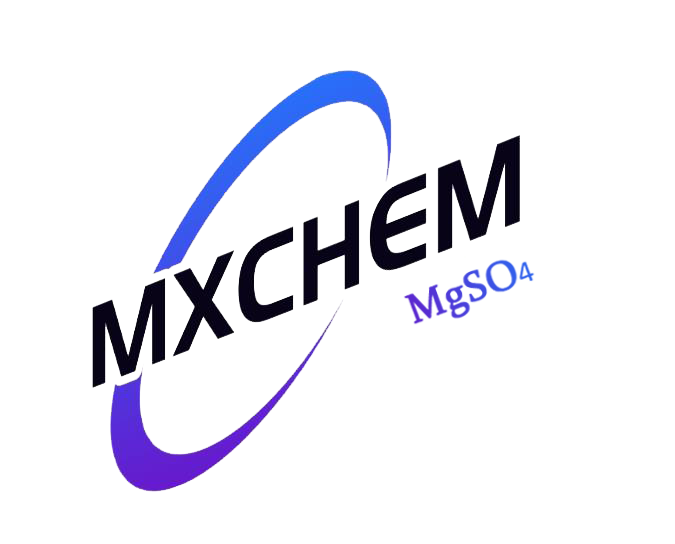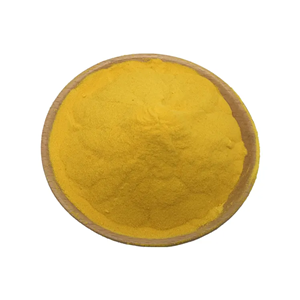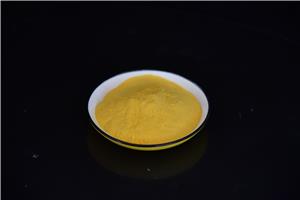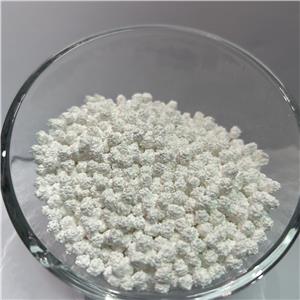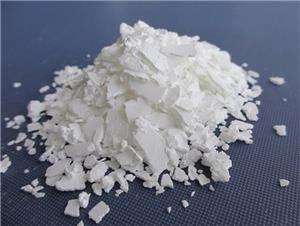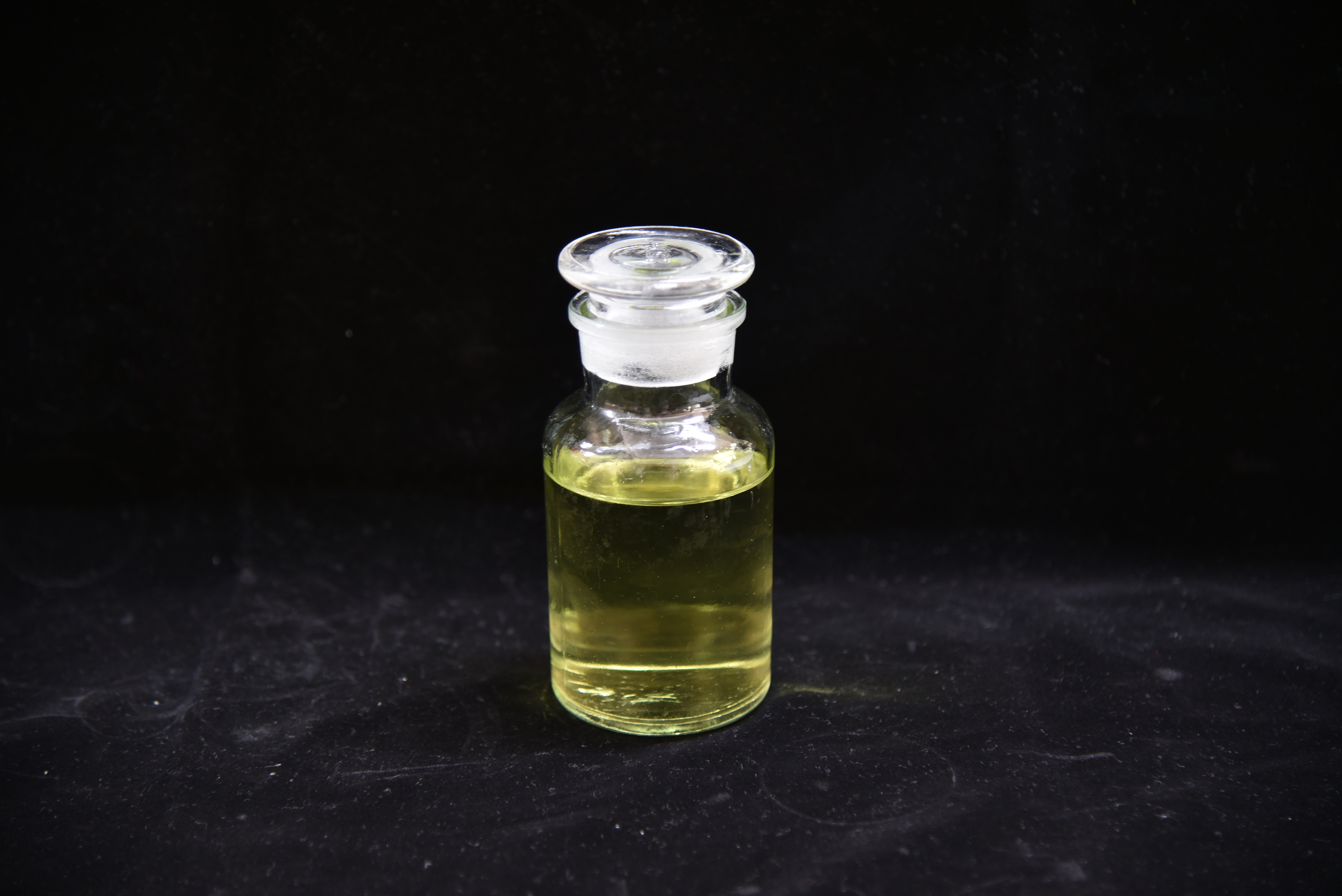
Sodium Hypochlorite Powerful Bactericide For Factory And Equipment Sanitation
Sodium hypochlorite (NaClO) is widely used in disinfection, bleaching, and water treatment. In water treatment, it can disinfect drinking water, treat wastewater, and disinfect swimming pools. As a disinfectant, it is used in healthcare, food processing, and household cleaning (e.g., bleaching). In industrial applications, it can be used as a bleaching agent for textiles and paper, and as an oxidant in chemical synthesis. It is also used in agriculture to disinfect crops and soil, and in aquaculture to disinfect water. In addition, it plays a role in emergency situations, such as decontamination during nuclear accidents or epidemics. Due to its corrosive and reactive nature, correct handling is essential. Avoid mixing with acids to prevent the release of toxic chlorine gas.
| Property | Details |
|---|---|
| Chemical Formula | NaClO |
| Molecular Weight | 74.44 g/mol |
| Appearance | Pale yellow or colorless liquid (typically in aqueous solution) |
| Odor | Strong chlorine-like smell |
| Concentration | Common concentrations: 5-15% (household bleach), industrial grades up to 12-15% |
| pH Value | Alkaline (pH typically between 11-13) |
| Solubility | Highly soluble in water |
| Stability | Unstable, decomposes under light, heat, or in the presence of acids, releasing chlorine gas |
| Primary Uses | Bleaching agent, disinfectant, water treatment, sanitizer, cleaning agent |
| Storage Conditions | Store in a cool, dark place, away from acids, reducing agents, and organic materials |
| Hazards | Corrosive, oxidizing, can cause skin/eye irritation, harmful if high-concentration vapors are inhaled |
| Environmental Impact | Decomposes into sodium chloride and water, but excessive use may harm the environment |
| Common Brands | Clorox (household bleach), Dakin's solution (medical disinfectant), etc. |
